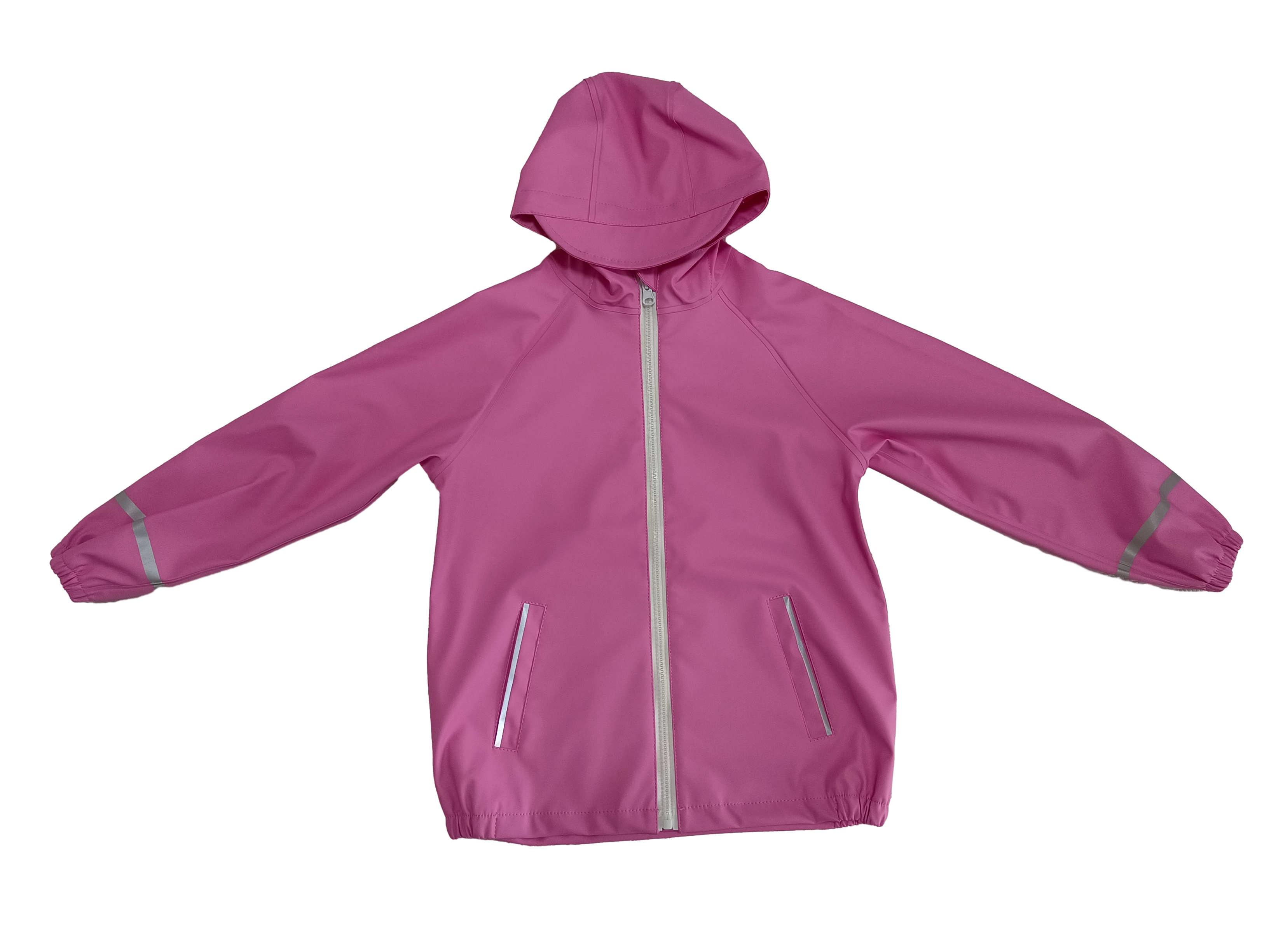 rainwears@163.com may@may-rain.com
rainwears@163.com may@may-rain.com Mon to Friday: 8.00 am - 7.00 pm
Mon to Friday: 8.00 am - 7.00 pm
Essential Waterproof Jacket for Hiking Adventures in Rainy Weather
The Essential Hiking Raincoat Your Ultimate Companion for Outdoor Adventures
When it comes to hiking, the right gear can make or break your experience. Among the various pieces of equipment, one item stands out as an absolute essential the hiking raincoat. Whether you’re navigating the rugged trails of the Rockies or enjoying a leisurely walk through a nearby forest, a reliable raincoat can transform a potentially miserable outing into a comfortable and enjoyable adventure.
The Importance of a Quality Raincoat
Weather can be unpredictable, especially in mountainous regions. A sunny morning can quickly turn into a downpour by afternoon, catching hikers off guard. This is where the hiking raincoat comes into play. It serves as a protective barrier against rain, wind, and even chilly temperatures. Staying dry is not just a matter of comfort; it’s crucial for maintaining your body temperature and preventing hypothermia. A quality raincoat will keep you dry and warm, allowing you to focus on your hike rather than shivering or seeking shelter.
Features to Look For
When selecting a hiking raincoat, there are several features to consider to ensure you choose the best one for your needs
1. Waterproofing Look for materials that are genuinely waterproof, such as Gore-Tex or similar fabrics. Pay attention to the coat’s waterproof rating; higher numbers indicate better resistance to water penetration.
2. Breathability It’s important that your raincoat doesn’t trap moisture inside. A breathable fabric allows sweat and moisture from your body to escape while keeping rain out. This feature helps prevent that clammy feeling that can occur when trapped inside an impermeable material.
3. Weight and Packability For hikers, especially backpackers, every ounce counts. Lightweight and packable raincoats are easier to carry around and can be stowed away when not in use. Look for coats that compress well into a small pouch, making them ideal for long treks.
hiking raincoat

4. Fit and Mobility Ensure the raincoat fits well, allowing for a full range of motion. A coat that is too tight can restrict your movements, making it difficult to climb, bend, or navigate tricky terrain.
5. Features Consider additional features such as adjustable hoods, cuffs, and hemlines. Ventilation zippers, pockets, and reflective elements can also enhance your comfort and safety during hikes.
Styles and Variations
Hiking raincoats come in various styles, including full-length jackets, shorter parkas, and ponchos. Each has its advantages, so it’s worth trying on different options to see which suits your hiking style better. For example, a longer jacket may provide greater coverage, while a poncho may allow for more airflow.
When and How to Use a Hiking Raincoat
Timing is crucial when it comes to using a raincoat. If the forecast predicts rain, it’s best to wear your raincoat from the start. For sudden showers, having a raincoat that’s easily accessible is essential. Many hikers prefer to keep their raincoats in their backpacks, ready to be donned at a moment’s notice.
When putting on a raincoat, make sure you adjust the fit appropriately. Zip up fully, adjust the hood to fit snugly, and secure the cuffs around your wrists to prevent water from entering. Remember to stow away your gear in waterproof bags to avoid any water damage, even if you’re wearing a raincoat.
Conclusion
In conclusion, a hiking raincoat is an indispensable piece of gear that can enhance your outdoor experience significantly. With the right choice, you’ll stay dry, comfortable, and safe, allowing you to fully enjoy the beauty of nature, regardless of the weather. Whether you're an occasional walker or an experienced hiker, investing in a quality raincoat is a decision that will pay off in countless unforgettable outdoor adventures. Don't let a little rain deter you; embrace the elements and enjoy every step of your journey!
-
Children's Fashion Waterproof Printed Raincoats | Kids Gear
NewsJul.31,2025
-
Silver Printed Women’s Jacket – Stylish, Lightweight & Trendy Outerwear
NewsJul.30,2025
-
Fashionable Design Long Raincoat Rain Poncho Waterproof Polyester
NewsJul.30,2025
-
High Lighting Reflective Rain Jacket Windbreaker Safety Jacket for Adult
NewsJul.29,2025
-
Disposable PE Rain Poncho - Lightweight, Waterproof, Easy to Carry
NewsJul.29,2025
-
Stylish Lady Coat Women Jacket – Trendy & Elegant Outerwear
NewsJul.29,2025































